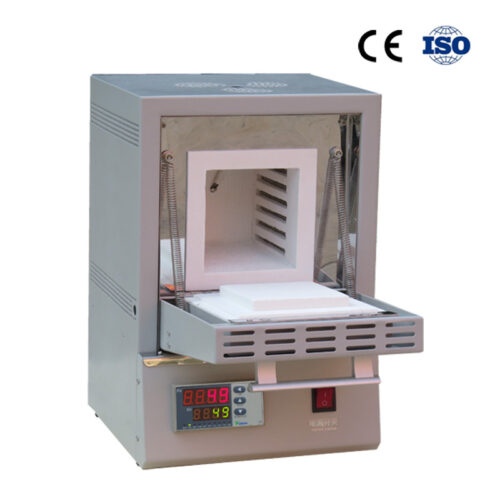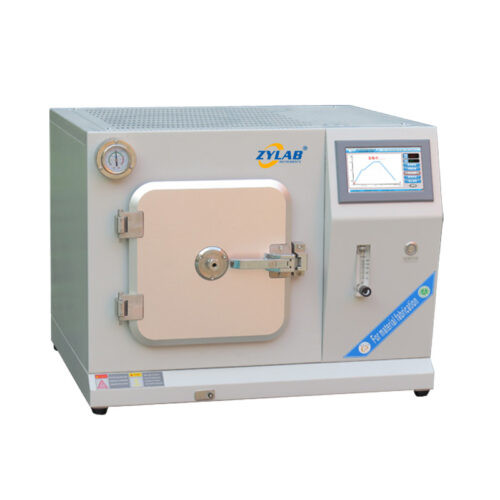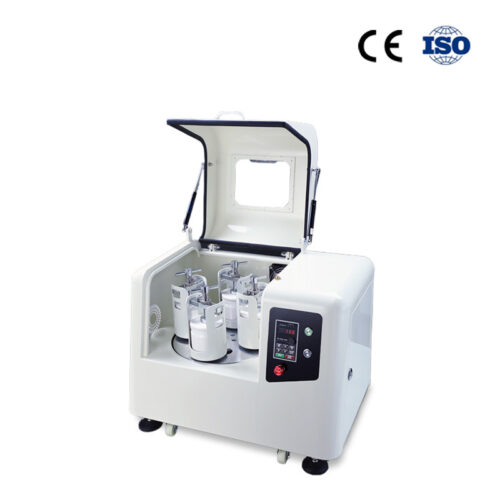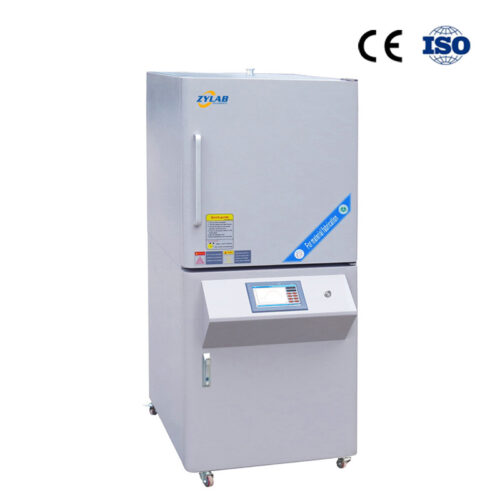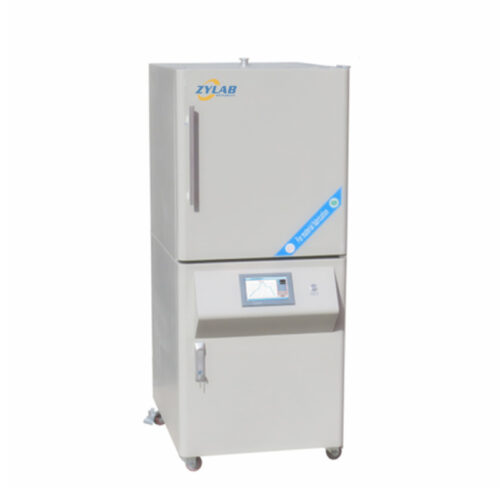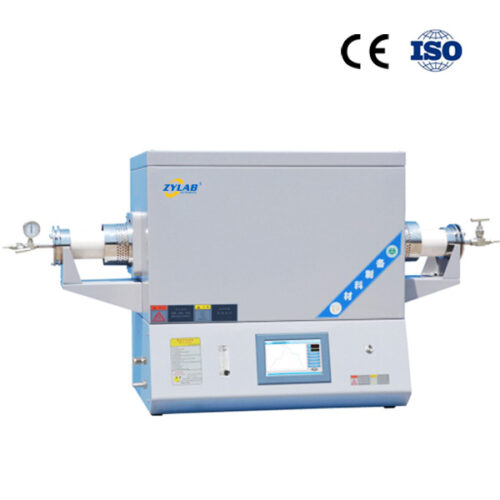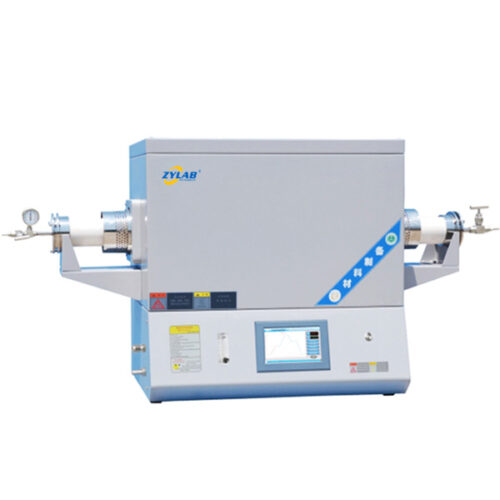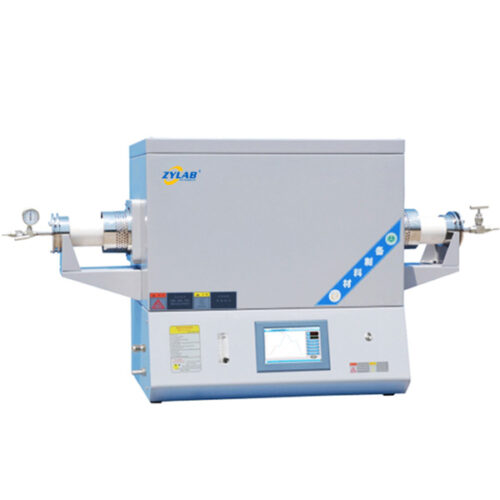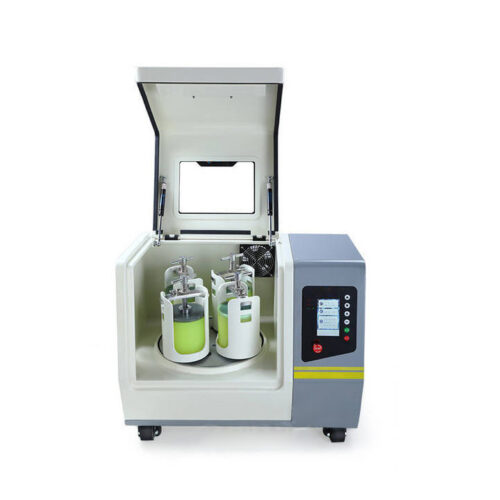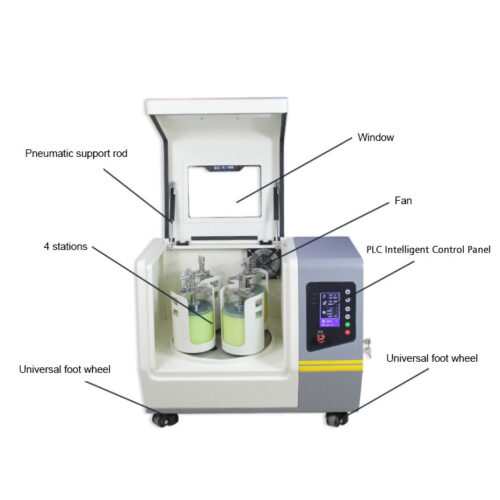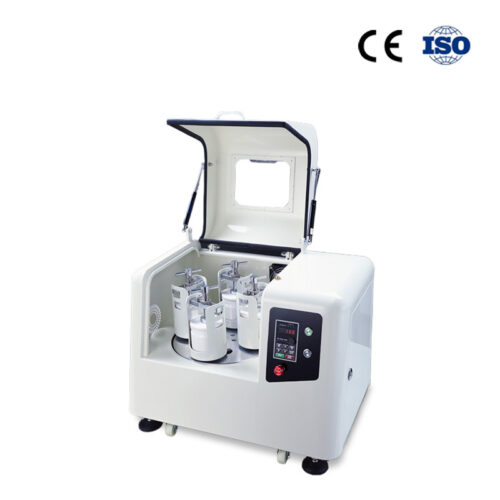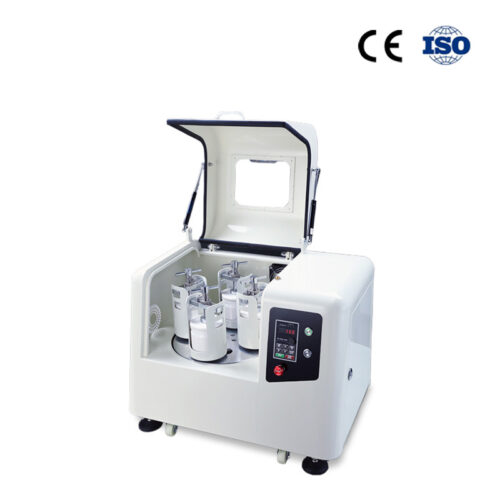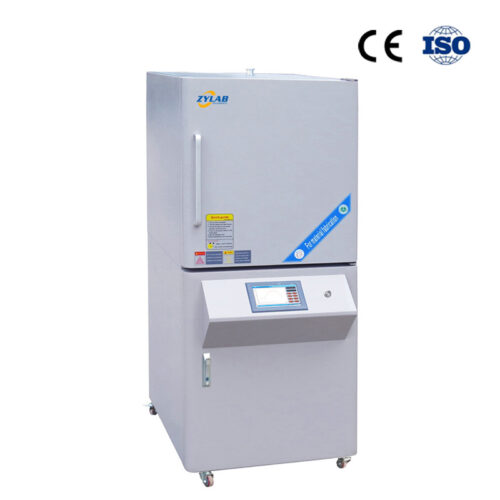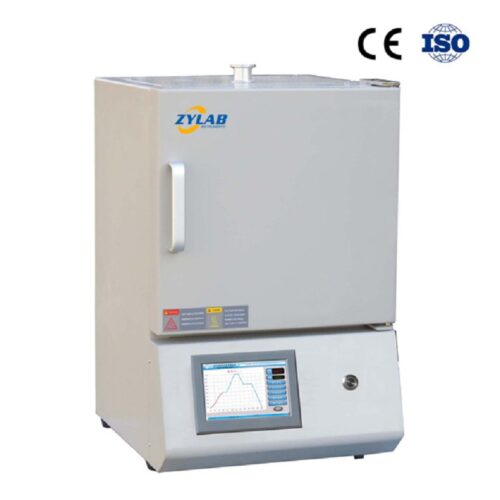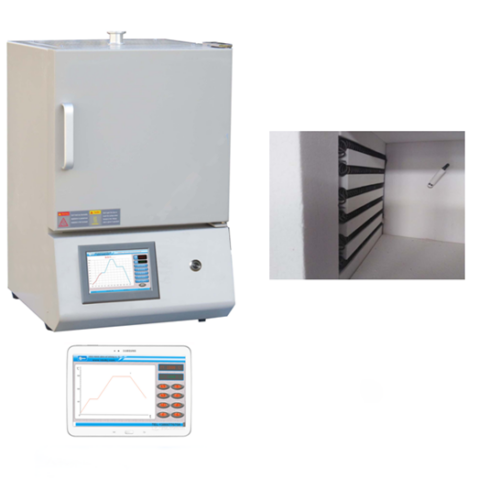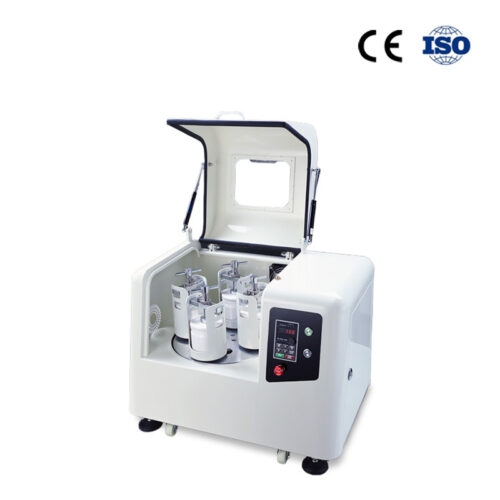Pouch Cell Preparation
Pouch cells are a type of rechargeable lithium-ion battery that is commonly used in various electronic devices. The term “pouch cell” refers to the packaging of the battery, which is typically a flexible pouch rather than a rigid metal can or cylindrical container.
The preparation of pouch cells involves several key steps, including cell assembly, electrolyte filling, sealing, and testing. Here is a general overview of the pouch cell preparation process:
-
Materials and Components:
- Positive electrode (cathode) material
- Negative electrode (anode) material
- Electrolyte solution
- Separator material
- Pouch cell packaging (flexible pouch)
-
Electrode Coating:
- The positive and negative electrode materials are typically coated onto metal foils. This can involve a slurry coating process, where a mixture of active material, conductive additives, and a binder is coated onto the foil.
-
Electrode Stacking:
- The coated positive and negative electrodes, along with separator material, are stacked together to form the electrode assembly.
-
Cell Assembly:
- The electrode assembly is placed into the pouch cell packaging.
- Tabs from the electrodes are connected to the external contacts for electrical connection.
-
Electrolyte Filling:
- The pouch cell is filled with the electrolyte solution. This electrolyte is a conductive solution that allows the flow of ions between the positive and negative electrodes during charging and discharging.
-
Sealing:
- The pouch is sealed to prevent leakage of electrolyte and to ensure a secure enclosure for the battery components. The sealing process is critical to maintain the integrity of the pouch cell.
-
Formation:
- The assembled and sealed pouch cell undergoes a formation process. Formation involves initial charge and discharge cycles to condition the battery and optimize its performance.
-
Aging and Testing:
- The pouch cells may undergo an aging process to simulate usage conditions and evaluate their long-term performance.
- Various tests, including capacity testing, cycle testing, and safety testing, are conducted to ensure the pouch cells meet quality standards.
-
Final Inspection:
- A final inspection is conducted to verify that each pouch cell meets the specified quality and safety standards.
Basic Process of Pouch Cell Preparation:
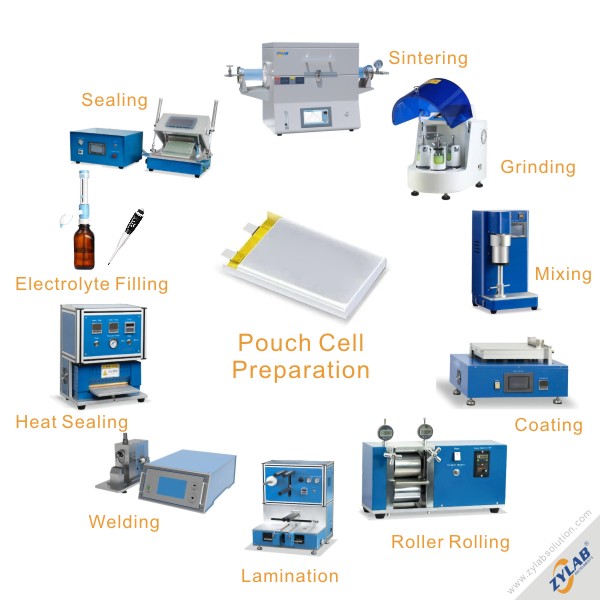
The exact details of pouch cell preparation may vary depending on the specific battery chemistry and intended application.
Equipment Recommend:
100-1200.C
800-1700.C
100-1200.C

